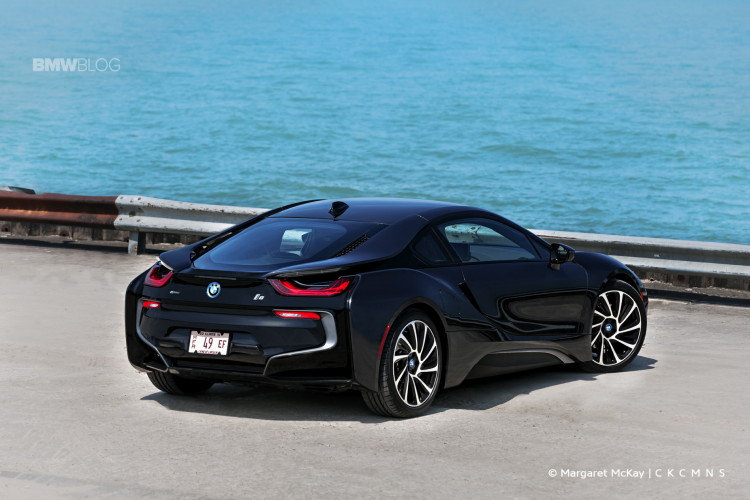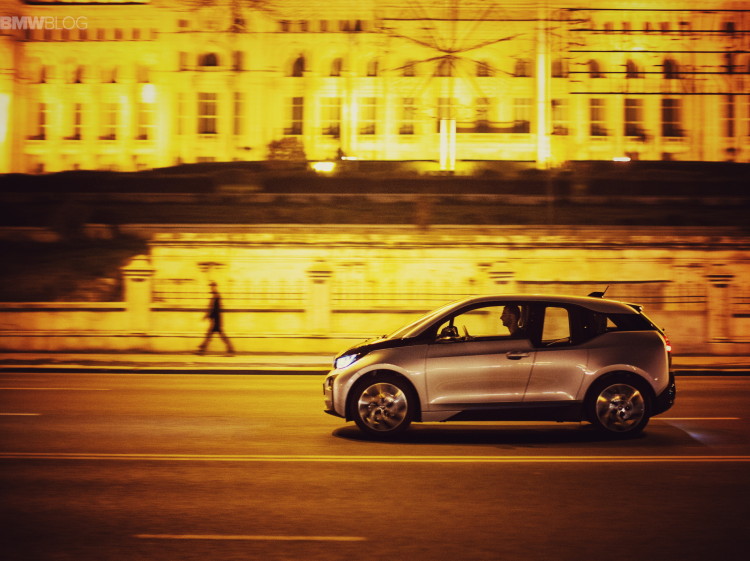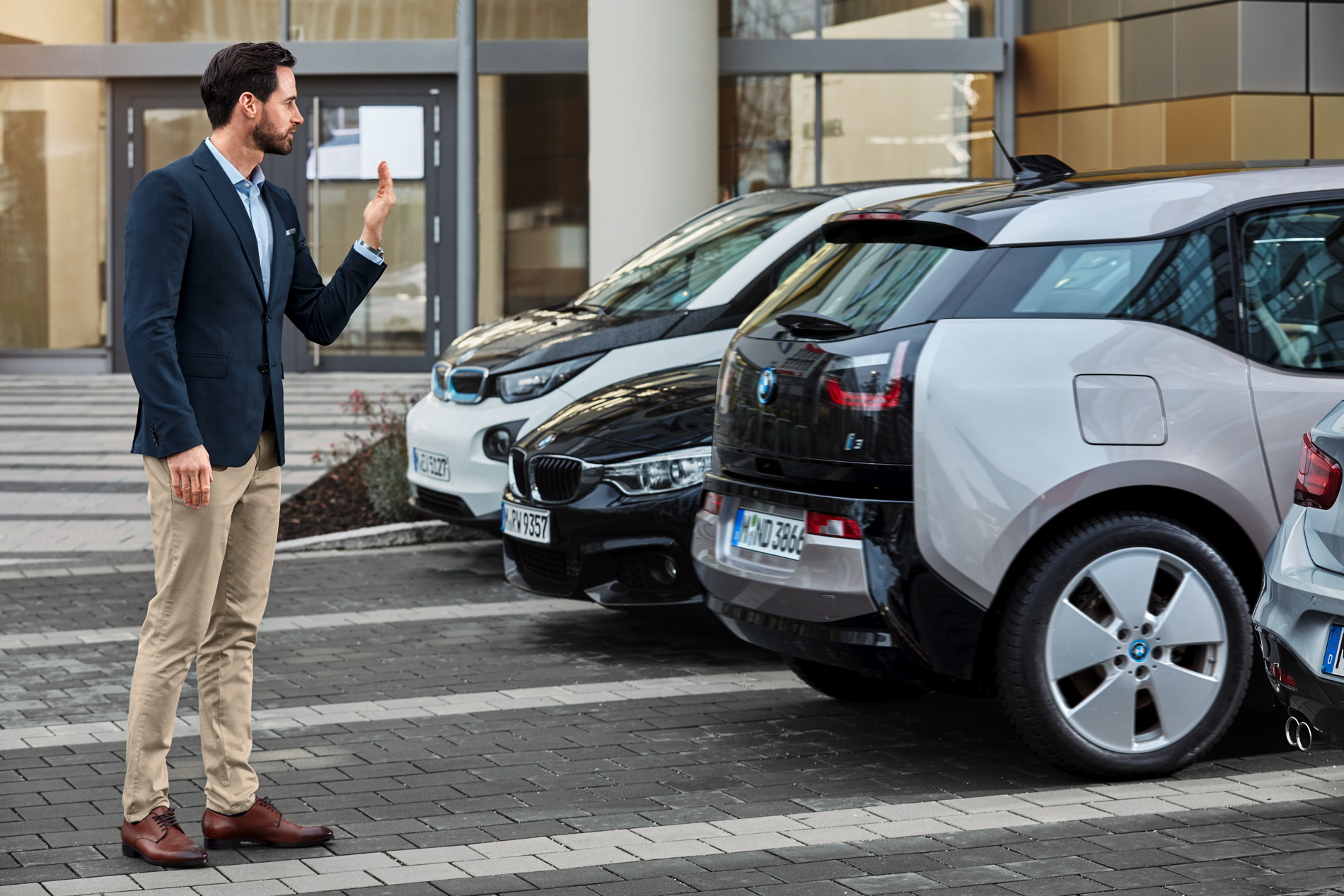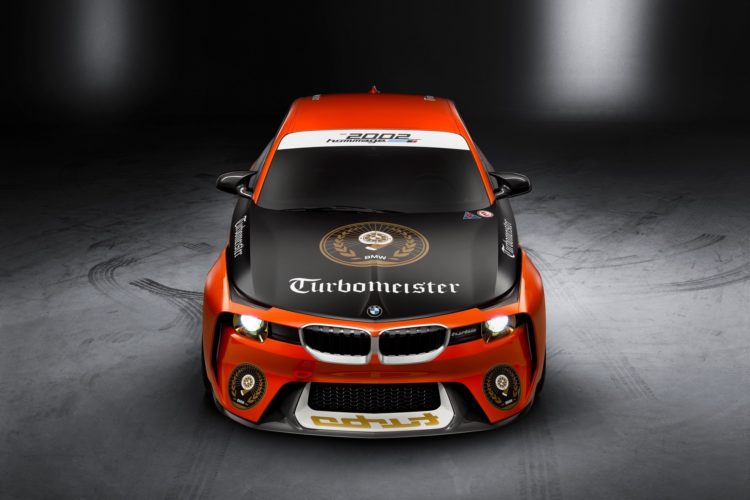2020 used to be the scheduled year for when we’d all be driving electric cars and automakers would have an average mpg of a million across their lineup. It’s been 2020 for some time now, but like any plan with overly ambitious, though very good, intentions, the deadline has been pushed back. The deadline is now 2022, which is only two years back so it’s not a big deal. But according to experts, 2022 is the year when electric cars will cost as much to make and buy as internal combustion engine cars, thus starting an EV Revolution.

At the moment, the biggest problem with electric cars is that they’re just too expensive. However, according to New Energy Finance, a Bloomberg research firm, that problem will be gone by 2022. According to the report, by 2022 “the unsubsidized total cost of ownership of BEVs [battery electric vehicles] will fall below that of an internal combustion engine vehicle.” The report then continues to say that by 2041, 25 percent of the global market share will be electric vehicles. This is quite the ambitious prediction, considering that the current global market share of electric vehicles is 1 percent.
However, according to Bloomberg, “We project that the cost of manufacturing electric vehicles will fall dramatically, and faster than most people realize,”. Apparently, much of this has to do with the battery pack, which can currently cost up to one third of the total cost of the vehicle. However, the cost of batteries has been decreasing as of late, with the costs of batteries dropping from $1,000 per kWh to $350 per kWh from 2010 to 2015, that’s a drop of 65 percent. This trend of price cutting should continue as production technology and battery chemistry improve. The target by 2022 is $200 per kWh. GM currently claims that it only costs $145 per kWh for its Chevy Bolt batteries, but that hasn’t been confirmed as of yet.
Although, despite any progress made in battery technology and cost of EVs, the projection of 2022 is based on the assumption that an extensive and easy-to-use charging infrastructure will be in place by then. If you were to ask many experts within the automotive industry, they’d say that the lack of charging infrastructure is the bigger problem for EVs, not the cost. This is because it doesn’t matter how cheap EVs become if customers don’t have anywhere to charge their car, aside from their own garage. Charging networks need to be developed much further if we expect to reach a 25 percent EV market share by 2040.

According to Tony Posawatz, who worked on the Chevy Volt and for Fisker Automotive and is now an industry consultant, if a charging infrastructure can improve that 2022 is “certainly within the realm of possibility,”. Posawatz claims that the sort of charging infrastructure required can take a very long time to develop. He points out that it took 50 years for most American households to get electricity, so it’s possible but “it’s a long haul.”
So for this Electric Car Revolution to occur in 2022, quite a lot must happen. EV costs must come down dramatically, government incentives need to stay and a charging infrastructure needs to grow significantly. If all of this can happen, then 2022 can be the year of our next automotive revolution.
[Source: Wired]





































































